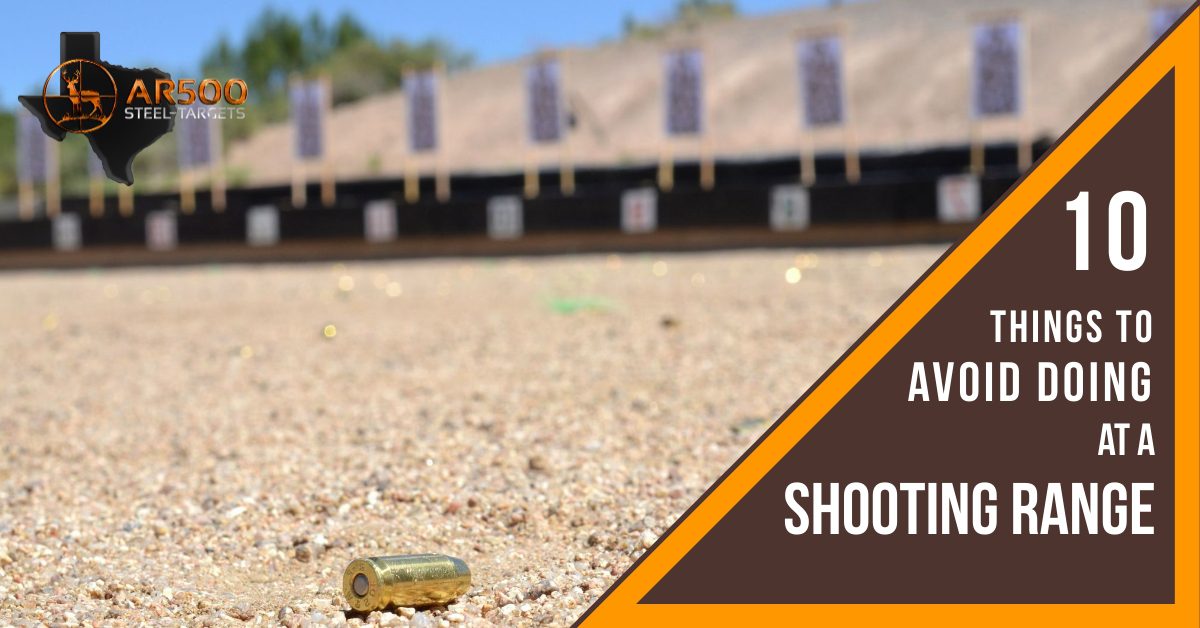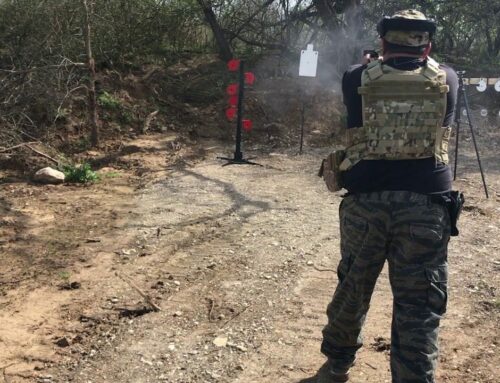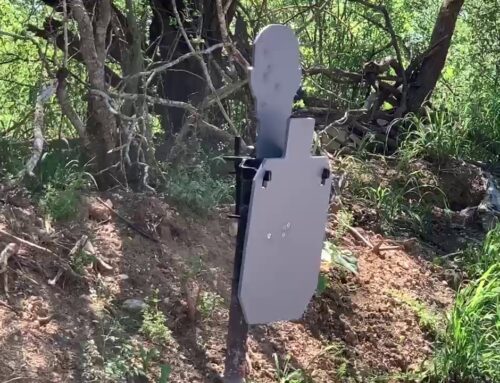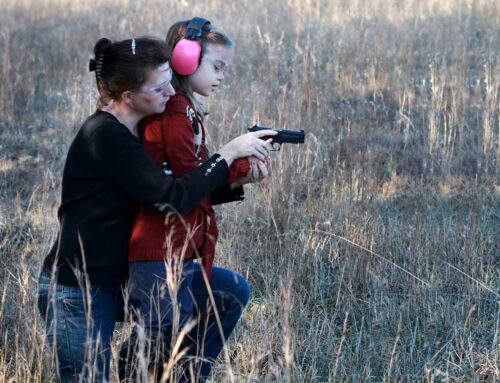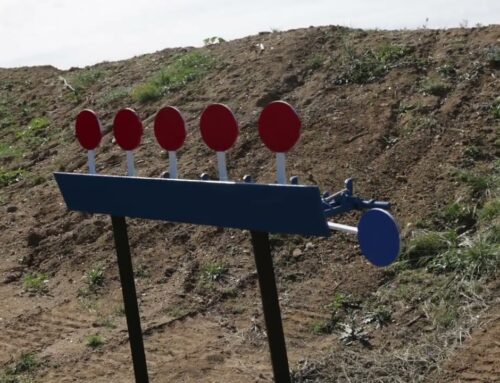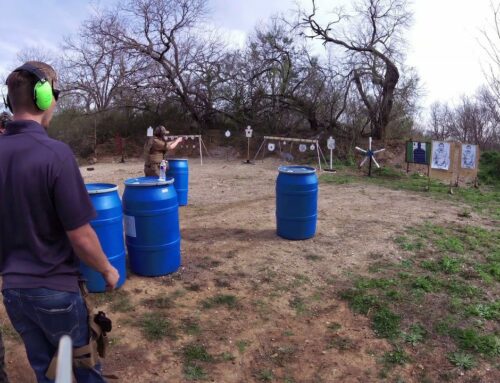10 Things to Avoid Doing at a Shooting Range
Shooting can be a fun hobby and a thrilling recreational experience, but a firearm in the hands of a negligent, disrespectful, or untrained person can be dangerous. Practicing your shooting technique at a firing range is essential to gaining the skills to be proficient with your sidearm, but you will always need to be careful and respectful of others. Here are the top 10 things you should avoid doing at a shooting range for your own safety and the safety of others. Following these rules makes everyone’s time at the range easier and more comfortable.
1. Avoid Ignoring Gun Safety Rules
The cardinal rule of gun safety is to treat your weapon as though it’s loaded. Keep the muzzle pointed downrange. If you’re not aiming it at the target, point the weapon at the ground. Keep your finger off the trigger unless you intend to fire. Certain firing ranges have specific safety rules as well; pay attention to what the range safety officer tells you. Ask if you have doubts.
Here are a few other notes on gun safety at the range:
- Always keep the safety engaged and verify it when unloading or transferring a weapon
- Always stay behind your firing line unless cleared to move past it
- Before loading and firing, make sure the range is clear
2. Avoid Using Custom Rounds
Each bullet is machined, rifled, and loaded to exact specifications designed to be used with that particular weapon. Attempting to fire self-loaded rounds or rounds not designed for your gun can lead to misfires and potentially serious injury. Again, speak to the range safety expert if you have questions.
3. Avoid Leaving Your Brass After a Shooting Session
Whenever you fire your gun, the actual round travels down range courtesy of the propellant, while the spent casing gets ejected from the port on the side of the gun. Before you leave the range, make sure to sweep up all your spent brass casings unless you are instructed to leave them for a designated staff member to clean it up. Leaving spent brass is a slip hazard and can lead to injury or accidents.
4. Avoid Firing with a Sideways Grip
Speaking of spent brass, firing with a “Hollywood-style” sideways grip is a bad idea for several reasons. Foremost, you’re likely to end up with hot brass casings ejecting into your face. Secondly, the sights are on top of the gun for a reason. Thirdly, the biomechanics of shooting basically ensure a broken or sprained wrist from misaligned recoil. Also, the recoil sends the muzzle of your gun upward when shooting from a proper position. Sideways, it points to the left, which is an extremely dangerous situation.
5. Avoid Shooting Without Protective Safety Gear
Gunfire, when you’re right next to it, is unimaginably loud. This is especially true in an enclosed space that causes the sound to echo. Without ear protection, you risk deafness in short order. Also, eye protection prevents danger from propellant, muzzle flash, and other hazards. Most ranges have rules that require patrons to wear protection. Be sure the shooting range provides this safety equipment, or otherwise bring your own gear if you have it.
6. Avoid Critiquing Others’ Technique
Unless you’re a trained instructor with a client paying you to teach them, it isn’t your place to critique how someone is shooting. The only time you should speak up is if you notice dangerous behavior, and even then, it’s probably better to talk to the range safety officer. Criticism can make others feel intimidated or nervous, which is not the ideal situation for anybody.
7. Avoid Talking to Other Shooters
People who are at the firing range are there for one purpose: to practice their marksmanship. This isn’t the time to talk about movies, TV shows, issues at home, or anything else not pertaining to the activities at hand. If you want water cooler talk, wait until after the weapons are safely stored. Distraction can lead to very dangerous situations and should be avoided while at the shooting range.
8. Avoid Firing During Cease-Fire Calls
If you hear the safety team at the range call for a cease-fire, stop what you’re doing immediately and lower your weapon. Often, someone is going down range and setting up targets. Disregarding a cease-fire call is likely to get you permanently banned from the range, if not arrested for reckless endangerment. Listen carefully to instructions and be sure you have the green light before resuming your session.
9. Avoid Disregarding Misfires or Malfunctions
Sometimes rounds will not fire properly. It could have been improperly loaded, or there could have been a delay. Respectively, these are called “squibs” and “hang fires.” If upon pulling the trigger, the bullet does not fire, don’t try to fire again. Instead, eject the round by pulling back the slide and place the round in the appropriate disposal bin. Listen carefully and pay attention to the feeling of the gun as you fire a round. If anything seems out of the ordinary, clear the round from the chamber.
10. Avoid Focusing on Speed
Unless you’re in a class specifically focused on fast response, you don’t need to focus on speed. Excessively rapid movements can cause mistakes and sacrifice your accuracy and safety. Focus on correct form, especially if you’re just learning to shoot. Speed and smooth motion come naturally as you practice.
To get the most out of your time at the firing range and promote responsible firearm use, remember to follow all safety regulations laid out by the range safety team and instructors, and use common sense. It only takes a second of inattentiveness or negligence for an accident to happen. By avoiding these mistakes, you ensure the safety of yourself and those around you while at the shooting range.

